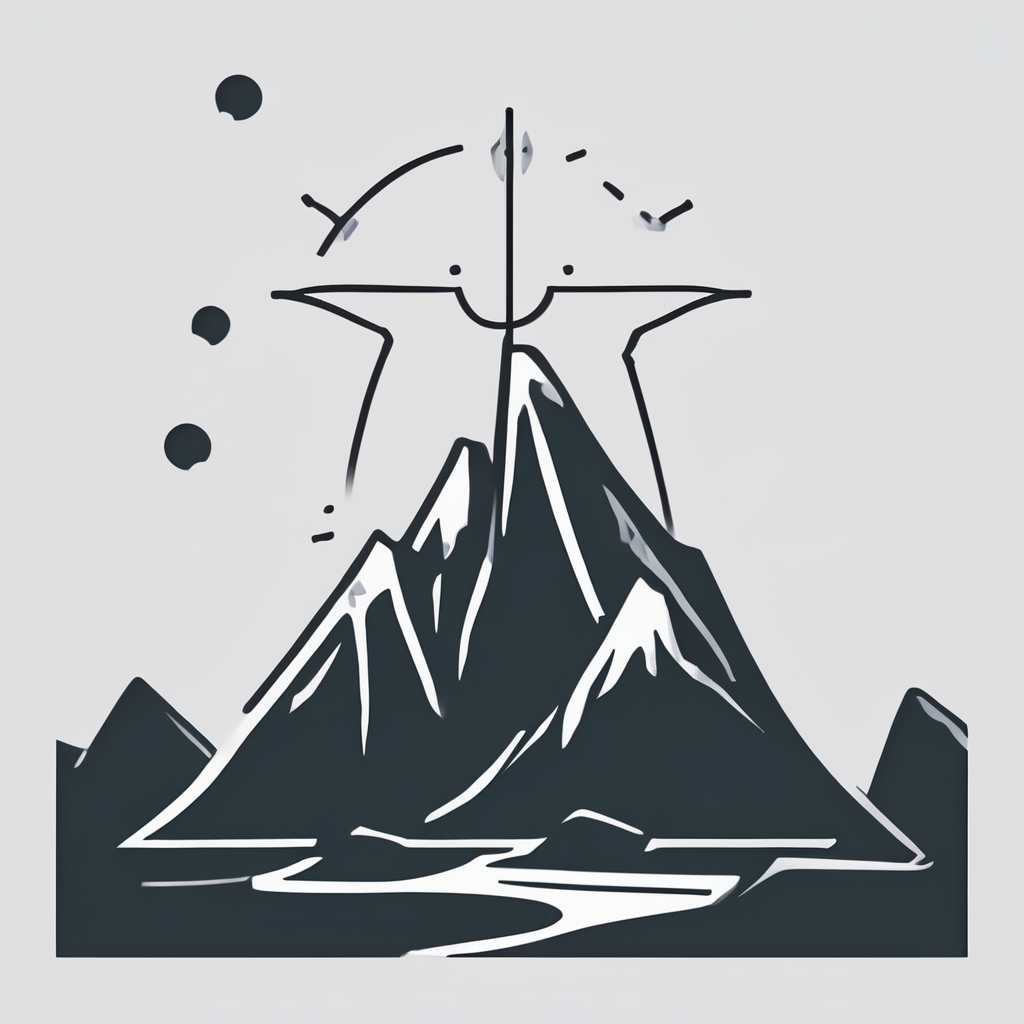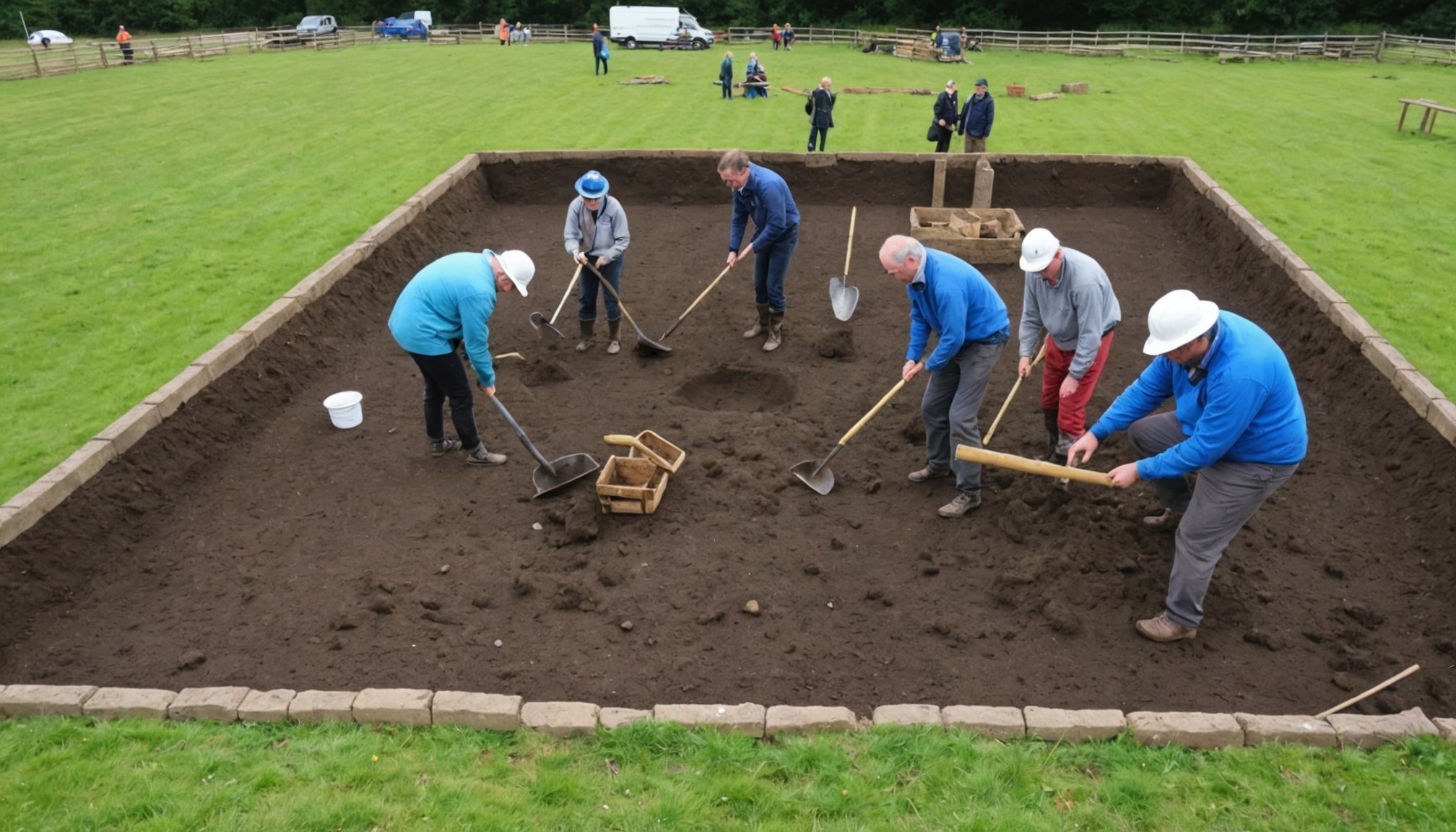Overview of Archaeological Digs in the UK
Participating in archaeological digs offers a unique opportunity to connect with history and uncover secrets buried beneath the earth. Understanding the significance of these activities is essential for anyone passionate about history or seeking a hands-on experience in archaeology.
In the UK, a diverse range of excavation opportunities awaits. From unearthing Roman ruins to exploring prehistoric sites, each dig provides a distinct glimpse into different eras. These UK excavation opportunities not only allow participants to delve into the past but also offer a chance to contribute to important archaeological research. Whether it’s a short-term volunteer project or an extended excavation, these opportunities cater to various interests and time commitments.
Also to discover : Discover the Best Spots to Participate in Authentic UK Cheese-Making Workshops!
Engaging in hands-on archaeology has numerous benefits. For history enthusiasts, it offers a tangible connection to the past, fostering a deeper appreciation for historical narratives. Additionally, participation in such projects often involves collaboration with experienced archaeologists, enhancing one’s understanding of archaeological methods and techniques. This experience can be incredibly rewarding, offering skills that are valuable both in academia and beyond.
Through these digs, participants gain a unique opportunity to make discoveries that can shape our understanding of history, making it an invaluable pursuit for anyone interested in the archaeological field.
In parallel : Discover Authentic UK Folk Music: Top Venues and Events to Experience Tradition
Featured Archaeological Digs Across the UK
Unearthing the past is an adventure many are eager to embark on. The UK offers several top archaeological projects that welcome enthusiasts and experts alike.
Project One: Excavation at Hadrian’s Wall
Embark on a journey through history at Hadrian’s Wall, a significant UK site for digging. This project typically runs from May to September, offering a unique opportunity to participate in unearthing Roman history. Those interested must be over 18, and while no previous experience is necessary, basic physical fitness is required. Costs vary based on the duration of your stay.
Aspiring archaeologists must apply before March, with forms available on the project’s dedicated website. Early submissions are encouraged due to the popularity of this excavation program. Candidates should prepare a motivational letter alongside their application.
Project Two: The Roman Villa in Suffolk
This venture focuses on a Roman villa’s historical significance, offering myriad volunteer opportunities. Volunteers help with preserving artifacts and providing site tours. Participants should expect to commit to at least two weeks, ensuring time for meaningful contributions.
Project Three: Neolithic Sites in Orkney
Orkney’s Neolithic sites allow participants to develop crucial archaeological skills. Emphasis lies on understanding ancient settlement patterns, with thorough safety protocols in place to ensure an educational and secure experience.
How to Get Involved in Archaeological Digs
Becoming a participant in an archaeological dig can be a fascinating experience. To join archaeological digs, start by researching online databases and sites such as Archaeology Abroad or your local archaeology group in the UK. These platforms list current opportunities for volunteers.
Volunteer archaeology UK positions often require filling out an application. Tailor your application carefully; highlight any relevant experience and express genuine enthusiasm for the work. Application tips: Be concise, specific, and demonstrate your interest in the field.
When applying, consider factors such as location, duration, and focus of the dig. Ensure you are physically prepared, as digs can be physically demanding. Check for any required qualifications, though many volunteer positions offer training on-site.
Networking is a significant benefit of participating in a dig. You’ll have the chance to meet experts and fellow enthusiasts. Build relationships with professionals to enhance future opportunities in archaeology. Also, consider joining academic or professional archaeology societies.
By strategically selecting the right dig and preparing your application effectively, you can embark on an educational and fulfilling journey into the past.
Benefits of Participating in Archaeological Digs
Engaging in archaeological digs offers a diverse set of advantages that extend beyond traditional academic learning. One of the primary benefits is the development of skills that are crucial in this field. Participants enhance their research and analytical abilities, vital for interpreting historical data accurately. Moreover, the nature of archaeological projects necessitates effective team collaboration, fostering communication and cooperation skills in often challenging environments.
Besides skill enhancement, the hands-on experience gained is invaluable for those pursuing academic advancement. Unlike theoretical studies, working directly with artifacts and sites provides insight into the practical challenges and thrills of archaeology. This real-world experience is often a critical component of academic programmes, making participants more attractive candidates for advanced studies or specialized courses.
Networking is another significant advantage. Archaeological digs bring together individuals from different backgrounds, including seasoned archaeologists, academics, and fellow students. This creates a platform for building professional relationships and engaging in knowledge exchange. Such connections can lead to exciting career opportunities, opening potential pathways into various archaeological, museum, or conservation professions.
The experience is not only educational but also builds a foundation for future career benefits, setting participants apart in the competitive field of archaeology.
Safety and Equipment for Archaeological Digs
When preparing for an archaeological dig, understanding the essential safety measures is paramount. Participants must adhere to specific guidelines to ensure safety on-site. This includes wearing suitable protective clothing—such as hard hats and sturdy boots—to minimise the risk of injury. Additionally, remaining alert to one’s surroundings prevents accidents related to uneven terrain or unexpected artefacts.
Equipping oneself properly is crucial. The necessary equipment comprises robust tools like trowels, brushes, and sieves. These tools facilitate careful excavation and reduce the likelihood of damaging artefacts. Each tool serves a precise purpose, with trowels aiding in soil removal and brushes ensuring the gentle revelation of found objects.
For those participating in a dig for the first time, participant guidelines are invaluable. Novices should engage in thorough research prior to attending, familiarising themselves with the site’s historical context. Listening attentively to site supervisors and adhering to their instructions can significantly enhance both safety and learning experiences. Moreover, maintaining a respectful approach towards the site and its findings bolsters the ethical integrity of archaeological practices. By being well-prepared and informed, newcomers can engage effectively in the meticulous yet rewarding tasks of discovering the past.
Success Stories from Past Participants
Learning from testimonials of archaeological dig experiences can inspire new enthusiasts. Past participants often highlight the skills and personal growth achieved. Engaging directly in archaeology often transforms educational and career paths. For many, it’s not just about discovering artifacts but about developing critical thinking, problem-solving, and fieldwork skills.
Participant Story: Learning and Growth
Immersing oneself in the past, participants frequently gain vital skills. A past participant shared how on-site problem-solving abilities honed during their dig influenced their ability to tackle everyday challenges. Beyond that, such experiences often shift career aspirations. Exposure to archaeological research intrigues many, leading them towards higher education or careers in archaeology or related fields. The skills acquired often surpass traditional learning environments, promoting unique perspectives and practical expertise.
Participant Story: Community and Networking
Another success story emphasizes community-building. Establishing connections within the archaeological community is invaluable. Working alongside experts and peers often leads to lifelong friendships and professional networks. For some, these networks facilitate collaborative projects, enhancing their archaeological pursuits. Memorable experiences from digs often contribute to a supportive community atmosphere, encouraging shared learning and innovation.
Participant Story: Contribution to Research
Archaeological studies rely on contributions from dedicated individuals. Through public involvement, participants aid crucial research efforts. Their hands-on work assists in piecing together historical narratives, demonstrating the public’s significant role in advancing archaeological understanding.










